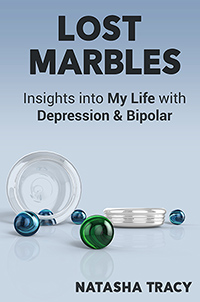Calling all Manic Folks in the UK
Hi all.
Today I need to ask for your help. I’ve been asked to participate in another documentary – and I’m honored to do this. The documentarian is from CB Films and is working with Channel 4 in the UK.
The thing is, he’s looking for a person suffering from a manic episode who’s in the UK. Now, obviously, this is a big ask. In my experience it’s difficult to anticipate mania and once hypomania or mania rears its ugly head, it needs to be dealt with promptly and not allowed to continue.
All that being said, the documentarion is searching for someone suffering from a manic episode who is willing to be filmed during their episode.
Yup, that’s a toughie.
Read More

















Recent Comments